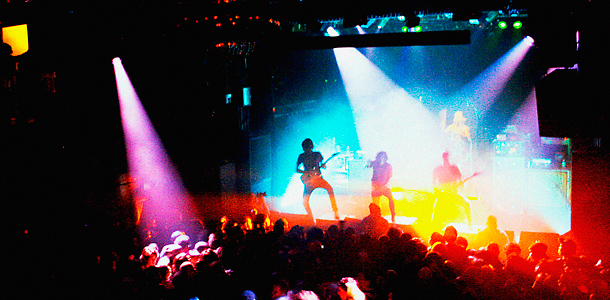
In the beginning, music industry watchers hailed subscription streaming services such as Spotify, MOG, Rdio, and Rhapsody as saviors of the industry, an alternative for listeners and labels to the tyranny of the 99-cent iTunes download.
But artists weren't singing the same happy song.
There was the cautionary (and inaccurate) tale of Lady Gaga earning a mere $167 from a million streams of her hit single "Poker Face." Then came scores of complaints and horror stories related to shockingly minuscule streaming artist payouts, as low as $0.004 per play. Last week, Wired reported that more than 200 labels had withdrawn from Spotify over "poor revenues."
Without question, Spotify and the others have given labels a scapegoat. But behind the finger pointing is a pile of monthly subscription revenues that the streaming companies such as Spotify, Rdio, and MOG share with those labels. How it's subsequently distributed to artists, "I have no idea," says MOG founder and CEO David Hyman. "It's like a black hole. It's based on individual contracts the labels have with their artists. I have no control over it."
Drew Larner, CEO of Rdio, argues the same. "I don't pay the artists directly. I have deals with all the major labels and all the major indies, and they have deals with their artists," Larner told Fast Company recently. "I have no insight into what their artists are paid because every artist deal is different. One artist may have a huge advance, while one may get different royalties."
Spotify, too, has said calculating revenue per stream "totally misses the point." Spotify is "not a unit-based business," says a spokesperson. Rather, as the company told Wired, echoing a earlier statement made to us, value ought to be determined by the following metrics: "1) how many people are being monetized by Spotify; 2) who these people are (usually young people previously on pirate services which generate nothing for artists and rightsholders); and 3) how much reven...
[Source: Fast Company]
No comments:
Post a Comment